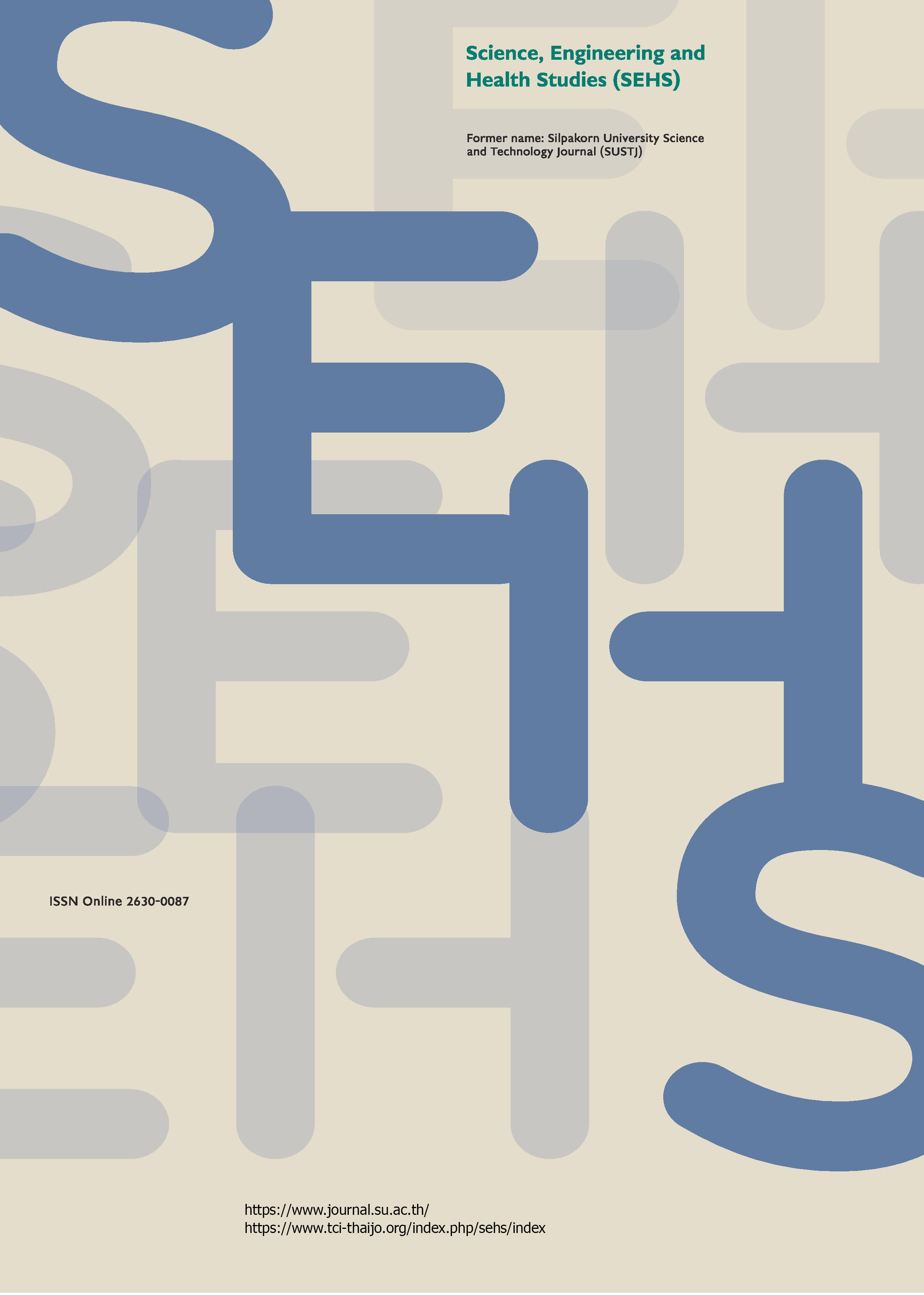Adjusted rank tests for clustered data in balanced design
Main Article Content
Abstract
The Wilcoxon test is commonly used to test whether two independent samples are drawn from the same population distributions. In many practical situations, the data in each sample are clustered. The clustered rank sum test was developed for testing the differences of location parameters from two samples with clustered data. However, the critical value of the clustered rank sum test for a data set depends on the sums of observation ranks within clusters. In a balanced design, the data sets with same numbers of clusters in two samples may use different critical values. This study proposed adjusted rank test (T) that makes adjustments to sums of observation ranks in two independent samples. This test used the same critical values for data sets with equal numbers of clusters. Two tests for the equivalence distributions of three or more populations were also considered using samples with clustered data and referred to as modified rank test (T1) and adjusted rank test (T2). The simulation study showed that the adjusted rank tests can maintain the sizes of the tests for all situations. For a small number of clusters and correlation coefficients between observations in a cluster, the T was the best choice. The empirical power of the T2 was higher than that of the Kruskal-Wallis test, based on a mean cluster. The powers of the adjusted tests increased when the number of clusters, number of observations per cluster, and effect size increased. However, the powers of these tests decreased when the size of the correlation coefficients between observations in a cluster increased.
Downloads
Article Details
References
Bradley, J. V. (1978). Robustness? British Journal of Mathematical and Statistical Psychology, 31(2), 144-152.
Crowder, M. J., and Hand, D. J. (1990). Analysis of repeated measures, Chapman & Hall. pp. 27-28.
Hodges, J. L., and Lehmann, E. L. (1956). The efficiency of some nonparametric competitors of the t-test. Annals of Mathematical Statistics, 27, 324-335.
Kruskal, W. H., and Wallis, W. A. (1952). Use of ranks in one criterion variance analysis. Journal of the American Statistical Association, 47(260), 583-621.
Lahiri, P., and Yan, L. (2009). A new alternative to the standard F test for clustered data. Journal of Statistical Planning and Inference, 139(10), 3430-3441.
Mood, A. M. (1954). On the asymptotic efficiency of certain nonparametric two-sample tests. The Annals of Mathematical Statistics, 25(3), 514-522.
Rao, J. N. K., Sutradhar, B. C., and Yue, K. (1993). Generalized least squares F test in regression analysis with two-stage cluster samples. Journal of the American Statistical Association, 88(424), 1388-1391.
Rosner, B., and Grove, D. (1999). Use of the Mann-Whitney U-test for clustered data. Statistics in Medicine, 18(11), 1387-1400.
Rosner, B., Glynn, R. J., and Lee, M. L. T. (2003). Incorporation of clustering effects for the Wilcoxon rank sum test: a large-sample approach. Biometrics, 59(4), 1089-1098.
Rosner, B., Glynn, R. J., and Lee, M. L. T. (2006). The Wilcoxon signed rank test for paired comparisons of clustered data. Biometrics, 62(1), 185-192.
Wilcoxon, F. (1945). Individual comparisons by ranking methods. Biometrics Bulletin, 1(6), 80-83.
Wu, C. F. J., Holt, D., and Holmes, D. J. (1988). The effect of two-stage sampling of the F statistic. Journal of the American Statistical Association, 83(401),150-159.


